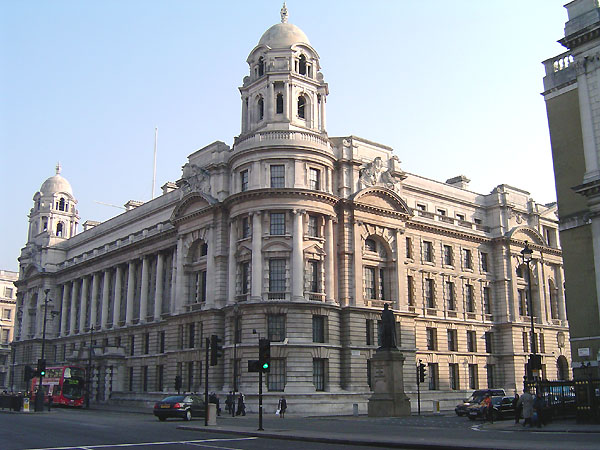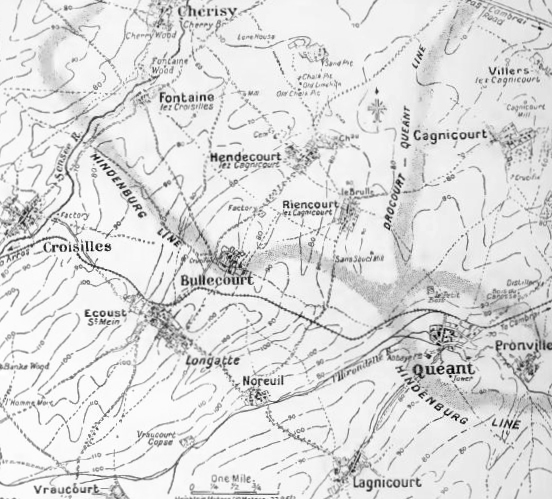|
C.K. Scott-Moncrieff
Charles Kenneth Scott Moncrieff (25 September 1889 – 28 February 1930) was a Scottish writer and translator, most famous for his English translation of most of Marcel Proust's , which he published under the Shakespearean title ''Remembrance of Things Past''. His family name is the double-barrelled name "Scott Moncrieff". Early life Charles Kenneth Michael Scott Moncrieff was born at Weedingshall, Stirlingshire, in 1889, the youngest son of William George Scott Moncrieff (1846–1927), Advocate, Sheriff Substitute, and Jessie Margaret Scott Moncrieff (1858–1936). He had two elder brothers: Colin William (1879–1943), who was the father of the Scottish author and playwright George Scott Moncrieff; and John Irving Scott Moncrieff (1881–1920). Education Winchester College In 1903, Scott Moncrieff was accepted as a scholar to Winchester College. In 1907, while a scholar at Winchester College, Scott Moncrieff met Christopher Sclater Millard, bibliographer of Wildeana an ... [...More Info...] [...Related Items...] OR: [Wikipedia] [Google] [Baidu] |
Stirlingshire
Stirlingshire or the County of Stirling ( ) is a Shires of Scotland, historic county and registration county of Scotland. Its county town is Stirling.Registers of Scotland. Publications, leaflets, Land Register Counties. It borders Perthshire to the north, Clackmannanshire to the east, West Lothian to the south-east, Lanarkshire to the south, and Dunbartonshire to the south and south-west (this latter boundary is split in two owing to Dunbartonshire's Cumbernauld exclave). History In 1130, Stirling, one of the principal royal strongholds of the Kingdom of Scotland, was created a royal burgh by David I of Scotland, King David I. On 11 September 1297, the forces of Andrew Moray and William Wallace defeated the combined English forces of John de Warenne, 6th Earl of Surrey, and Hugh de Cressingham near Stirling, on the River Forth, at the Battle of Stirling Bridge during the First War of Scottish Independence. On 22 July 1298 the Battle of Falkirk saw the defeat of William Wal ... [...More Info...] [...Related Items...] OR: [Wikipedia] [Google] [Baidu] |
Robert Baldwin Ross
Robert Baldwin Ross (25 May 18695 October 1918) was a British journalist, art critic and art dealer, best known for his relationship with Oscar Wilde, to whom he was a devoted friend, lover and literary executor. A grandson of the Canadian reform leader Robert Baldwin, and son of John Ross and Augusta Elizabeth Baldwin, Ross was a pivotal figure on the London literary and artistic scene from the mid-1890s to his early death, and mentored several literary figures, including Siegfried Sassoon. His open homosexuality, in a period when male homosexual acts were illegal, brought him many hardships.. (U.S. Title: ''Robbie Ross: Oscar Wilde's Devoted Friend''). Biography Family Ross was born in Tours, France. His mother, Elizabeth Baldwin, was the eldest daughter of Robert Baldwin, a Toronto lawyer and politician who in the 1840s, together with his political partner Louis Hippolyte Lafontaine, led Canada to autonomy from Britain. Ross's father, John Ross, was a Baldwinite and ... [...More Info...] [...Related Items...] OR: [Wikipedia] [Google] [Baidu] |
New Witness
''G.K.'s Weekly'' was a British publication founded in 1925 (with its pilot edition surfacing in late 1924) by writer G. K. Chesterton, continuing until his death in 1936. Its articles typically discussed topical cultural, political, and socio-economic issues yet the publication also ran poems, cartoons, and other such material that piqued Chesterton's interest. It contained much of his journalistic work done in the latter part of his life, and extracts from it were published as the book ''The Outline of Sanity''. Precursor publications existed by the names of ''The Eye-Witness'' and ''The New Witness'', the former being a weekly newspaper started by Hilaire Belloc in 1911, the latter Belloc took over from Cecil Chesterton, Gilbert's brother, who died in World War I: and a revamped version of ''G. K.'s Weekly'' continued some years after Chesterton's death by the name of ''The Weekly Review''. As an alternative publication outside of the mainstream press of the time, ''G. K.'s ... [...More Info...] [...Related Items...] OR: [Wikipedia] [Google] [Baidu] |
War Office
The War Office has referred to several British government organisations throughout history, all relating to the army. It was a department of the British Government responsible for the administration of the British Army between 1857 and 1964, at which point its functions were transferred to the new Ministry of Defence (United Kingdom), Ministry of Defence (MoD). This article contains text from this source, which is available under th Open Government Licence v3.0 © Crown copyright It was equivalent to the Admiralty (United Kingdom), Admiralty at that time, which was responsible for the Royal Navy (RN), and (much later) the Air Ministry, which oversaw the Royal Air Force (RAF). The name 'Old War Office' is also given to the former home of the department, located at the junction of Horse Guards Avenue and Whitehall in central London. The landmark building was sold on 1 March 2016 by HM Government for more than British pound, £350 million, on a 250-year lease for conversion int ... [...More Info...] [...Related Items...] OR: [Wikipedia] [Google] [Baidu] |
Battle Of Arras (1917)
The Battle of Arras, also known as the Second Battle of Arras, was a British offensive on the Western Front (World War I), Western Front during the First World War. From 9 April to 16 May 1917, British troops attacked German defences near the French city of Arras on the Western Front. The British achieved the longest advance since trench warfare had begun, surpassing the record set by the French Sixth Army (France), Sixth Army on 1 July 1916. The British advance slowed in the next few days and the German defence recovered. The battle became a costly stalemate for both sides and by the end of the battle, the British Third Army (United Kingdom), Third Army and the First Army (United Kingdom), First Army had suffered about 160,000 casualties and the German 6th Army (German Empire), 6th Army about 125,000. For much of the war, the opposing armies on the Western Front were at a stalemate, with a continuous line of Trench warfare, trenches from the Belgian coast to the France-Switzerla ... [...More Info...] [...Related Items...] OR: [Wikipedia] [Google] [Baidu] |
Kings Own Scottish Borderers
The King's Own Scottish Borderers (KOSBs) was a line infantry regiment of the British Army, part of the Scottish Division. On 28 March 2006 the regiment was amalgamated with the Royal Scots, the Royal Highland Fusiliers (Princess Margaret's Own Glasgow and Ayrshire Regiment), the Black Watch (Royal Highland Regiment), the Highlanders (Seaforth, Gordons and Camerons), the Argyll and Sutherland Highlanders (Princess Louise's), 52nd Lowland Regiment, and 51st Highland Regiment to form the Royal Regiment of Scotland. However, after just a few months the battalion merged with the Royal Scots Battalion to form the Royal Scots Borderers. History Early history The regiment was raised on 18 March 1689 by David Leslie, 3rd Earl of Leven to defend Edinburgh against the Jacobite forces of James VII. It's claimed that 800 men were recruited within the space of two hours. The regiment's first action was at the Battle of Killiecrankie on 27 July 1689. Although this battle was a defeat ... [...More Info...] [...Related Items...] OR: [Wikipedia] [Google] [Baidu] |




